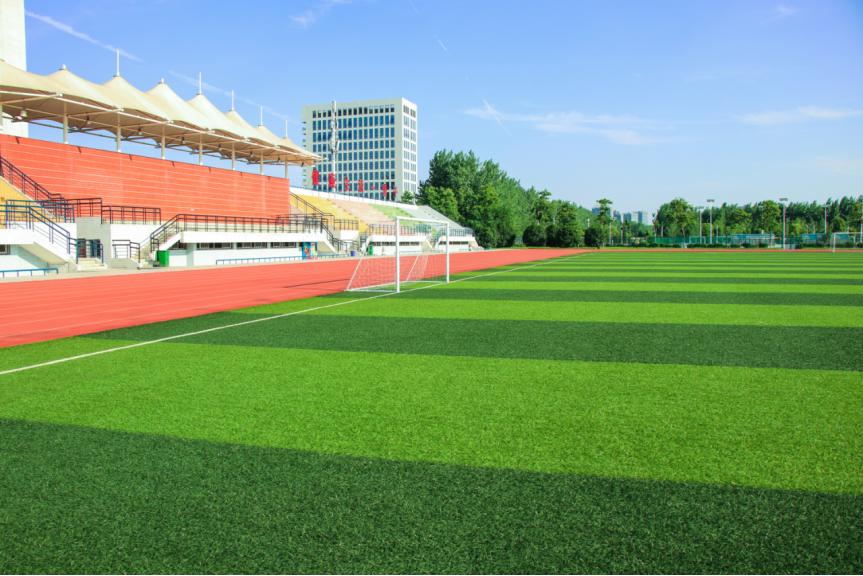
Critical Fall Height and HIC: Tests That Protect Us
A child falls from the top rung of a climbing frame.
A football player is slammed to the grass in a last-ditch effort.
In both cases, safety, injury, and risk depend on the surface.
When we design these surfaces, we test our products extensively to ensure that the end result is an easy smile, not lasting damage.
Scientific Backing
Critical Fall Height (CFH) - The highest point a person can fall without the surface pushing the HIC to a safe limit (HIC ≤ 1000 is widely accepted as the limit where the risk of severe brain injury rises dramatically. Note that other values also apply to children).
Head Injury Criteria (HIC) - Combines two risk factors into one value: the maximum g-force acting on the skull and the duration of that g-force in milliseconds. Originated from crash-slide research at Wayne State University in the 1950s, formalized by Paul Versace in 1971, the standard has become the global standard for playgrounds, grass fields, artificial turf, and other surfaces. It is also used in other areas such as automotive safety and personal protective equipment.
In short, CFH needs to be below the expected drop height and impact force a person will experience on a surface of a given HIC (typically 1,000).
Sixty years of data confirm that large impact peaks and longer pulses can cause damage, which has convinced us.
From the drawing board to the real world
The best lab data means nothing if the surface changes in tomorrow's real world.
● Summer heat or drought can bake natural grass like concrete.
● Winter frost can turn sand infill in a lawn or soil on a lawn into hard ice.
● High foot traffic (usage) can cause loose infill to shift sideways, eliminating all protection for the user.
● Lack of maintenance leads to compaction and increases risk.
Our Gobo Playgound Turf systems are designed to mitigate the effects of these factors, meaning they maintain a higher than required CFH even in the face of sun, drought, frost, use, and even lack of maintenance, keeping CFH in the correct range.
🔧 Why Gobo do this
When a parent watches a fall on the playground, or a coach reviews a fierce tackle, they should be thinking about courage and creativity, not injury statistics. That confidence starts with a surface designed for the application, tuned for local weather, and tested for worst-case scenarios.
We design, manufacture, and build this surface (all components and layers, including the subbase) through extensive testing, validation, and local knowledge.
📌 PS: Don’t confuse your metrics
G-max and shock absorbency tests describe useful but different information, and neither replaces HIC/CFH, nor should they be used as a substitute or reference. We’ll explore this more in a future article.
Welcome to send your message to us